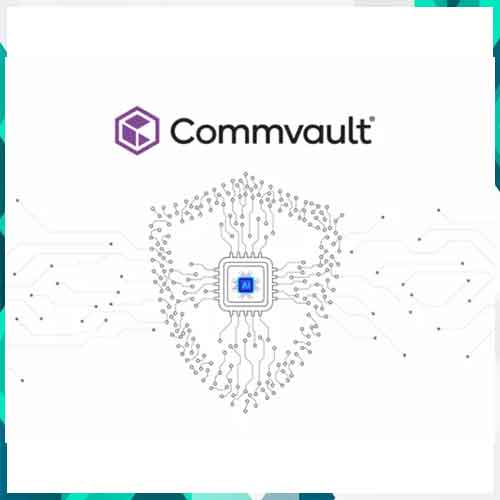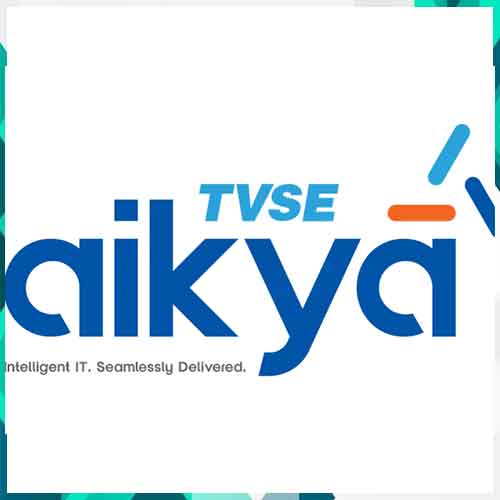SaaS to restore primacy of software
2022-05-25
Asoke K Laha, President & MD, Interra Information Technologies
I was privy to a debate that discussed the changing importance of the ICT sector, world-wide. The thread of discussion was complex and mostly meant for subject experts with a philosophical bent of mind. It was meant for people who could think beyond the preliminaries of technologies and for those who can visualise the future possibilities of technologies. Understanding technology and visualising possibilities of technologies, I believe, are two different areas of activities. A highly celebrated technologist may tend to believe that technology is what makes money. As against this, a visionary technologist may go beyond the realm of profit and money and focus on the value propositions, such as how it would make people happy, life more enjoyable and less cumbersome.
The discussion spanned out in different ways and modes. A group struck to the idea that electronics is gaining ground and the future growth of telecom and software will be subordinated to the growth of electronics. The idea floated by that group was that most of the software that will be in demand will be for applications such as automation, chip design, software that goes into Apps and devices. Does it mean that software, which ruled the roost for many years and witnessed phenomenal growth, is either retreating or getting subdued by the runaway growth of the electronics?
One of the active debaters was a venture -capitalist who knew where the money grew. His statement was revealing. He said that 90 percent of the VCs are betting on software start ups and a limited number of actors in the VC ecosystem are betting on electronics hardware or other parts of tech-based startups. When he explained the total quantum of funds, which aggregates to several billion dollars which are being channelized towards funding software startups, the other discussants were wonder struck.
The latest craze among the VCs is SaaS. I am sure my esteemed readers would know what SaaS is. But for the uninitiated, let me explain briefly what it is. Software as a service (SaaS) is the delivery of a platform over the Internet. The Software as a Service is a cloud application service. It represents the most commonly utilized option for businesses. SaaS utilizes the internet to deliver applications, which are managed by a third-party vendor, to its users. A majority of SaaS applications run directly through the web browser. They do not require any downloads or installations on the client side, making life easy, light and enjoyable. Importantly, SaaS comes as a service and not as a product. That is why it is treated as a software service. Mechanism is simple; instead of installing and maintaining software, one can get the service through the Internet. That is easy and cost effective. It can free a service accessor from installing complex software and hardware. The Web-based software is available on-demand, or hosted software. SaaS applications run on a SaaS provider’s servers. Security, availability, and performance are assured by the service provider. Some people compare SaaS with a bank. It protects the money that you have deposited and at the same time, provides services to customers on demand. That way SaaS has various functional advantages and that is why its use is growing exponentially across the world.
Analysts are now speaking about a third wave in software development, when SaaS moves beyond standalone software functionality to become a platform for critical applications. SaaS provides numerous advantages to employees and companies by greatly reducing the time and money spent on tedious tasks. This will help a company to focus on its core activity, leaving everything else to the service provider. I do not want to get into the complexities of the SaaS, since the esteemed readers may find it too technical. But I would only mention that there are two other clones of SaaS , commonly referred to PaaS and IaaS. Platform as a service (PaaS), provides cloud components to certain software while being used mainly for applications. PaaS delivers a framework for developers that they can build upon and use to create customized applications. All servers, storage, and networking can be managed by the enterprise or a third-party providerwhile the developers can maintain management of the applications. IaaS or Infrastructure as a Service, is made of highly scalable and automated compute resources. IaaS is fully self-service for accessing and monitoring computers, networking, storage, and other services. IaaS allows businesses to purchase resources on-demand and as-needed instead of having to buy hardware outright.
Let me now get into the thought process of the venture capitalists to take my readers to a different plane: how do VCs see software as the future growth engine? I am referring to the gentle man who said more than 90% of the VC funds are going towards software. He started giving empirical evidence to prove his point. According to him, European VCs pumped 12 billion Euros into the sector in 2020. A Romanian SaaS giant UiPath has become one of Europe’s most valuable tech start-ups in 2020. After raising $225m in July, UiPath’s valuation rose to $10.2bn, making it the region’s first SaaS ‘decacorn’, a rare feat.
The coronavirus pandemic appears to have had less of an effect on SaaS networks than others. As businesses have been forced to accelerate digital transformation programs, stocks in listed SaaS giants like Zoom and Twilio have soared. Europe is now home to a number of SaaS unicorns, including cybersecurity company Darktrace and German deep tech Celonis.
It is estimated that cloud will overtake on-premise software by 2025. The entire SaaS market should be worth around $1trillion, by that time according to some experts. Why is SaaS so attractive to VCs? There are various reasons for that. SaaS businesses provide predictable and recurring revenue. For instance, a monthly subscription to Netflix, which runs on cloud, is a good example of SaaS. Netflix is a repeatable, secure form of income, It is also scalable by acquiring more subscriptions. Compare it with a one- time payment of downloading a film, which can fetch only a limited revenue. Also, for the user, downloads would prove to be more costly. SaaS start-ups can take on as many subscribers as they want with more or less the same fixed costs. Why do VCs fall in love with SaaS? Foremost is that SaaS companies are extremely capital-efficient. One can build a large, profitable business for a lesser cost. Secondly, there is a set formula for hawking SaaS companies. Compare this against an electronics hardware company. For setting up a company, one may need more capital. The infrastructure needed for marketing the products is very high as against a software company, which need not depend on physical infrastructure. SaaS start-ups are appealing to venture capitalists since they follow a logical pricing model in which customers pay for what they use. They can also deliver rolling upgrades and help businesses to offset the need for their own internal infrastructure, thereby encouraging customer retention. Here I have used a simplistic yardstick to measure the returns from the software. But the mathematical tools used by the VCs to measure the likely return and margin from the software units are complex. But they lead to the same result. In short, software in whichever form it is going to exist will continue to rule the roost. That rings prospects for software. My appeal therefore to the software entrepreneurs to stay invested in the field you are in. Your products are not hackneyed, but has a great future.
See What’s Next in Tech With the Fast Forward Newsletter
Tweets From @varindiamag
Nothing to see here - yet
When they Tweet, their Tweets will show up here.




























